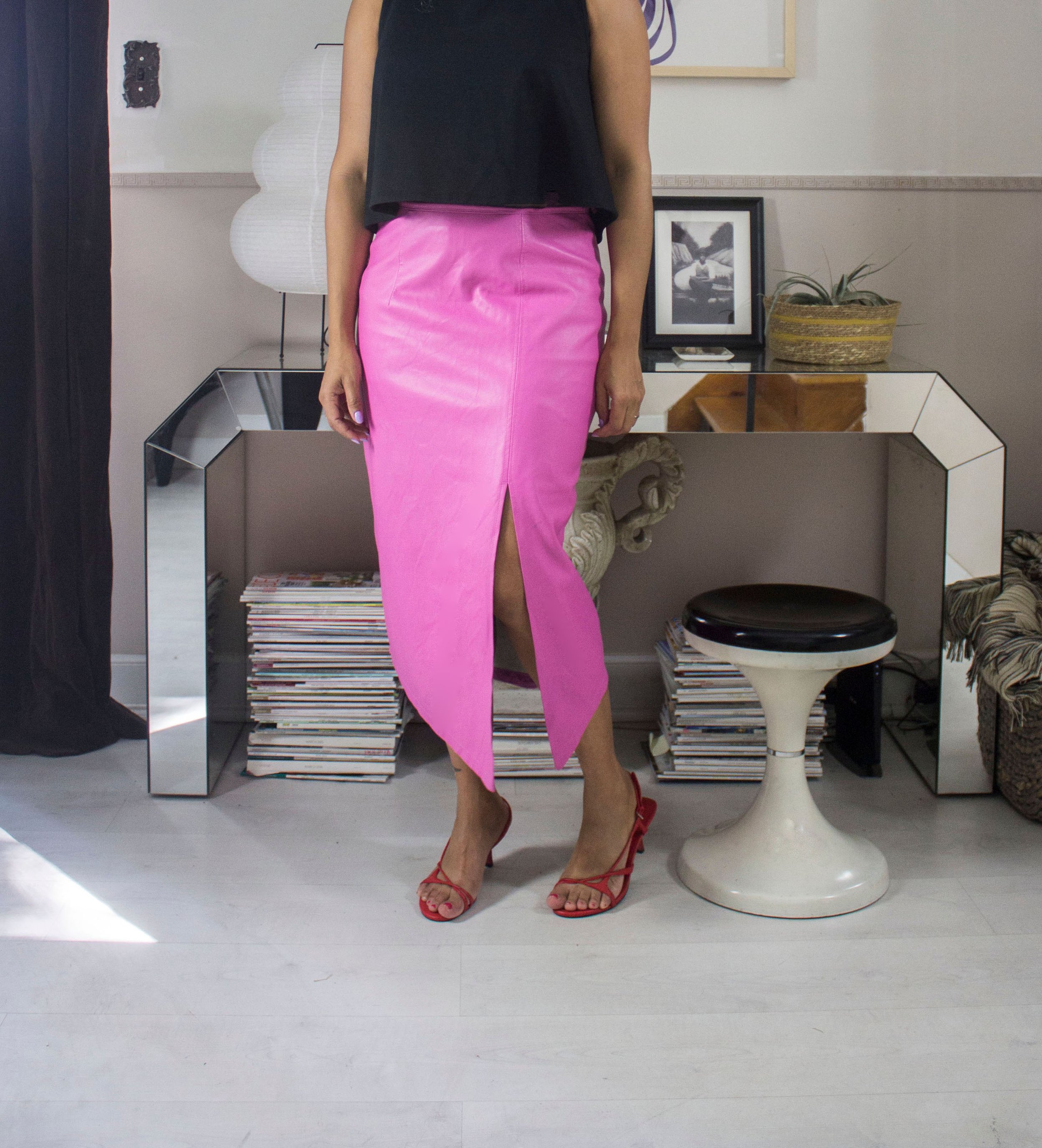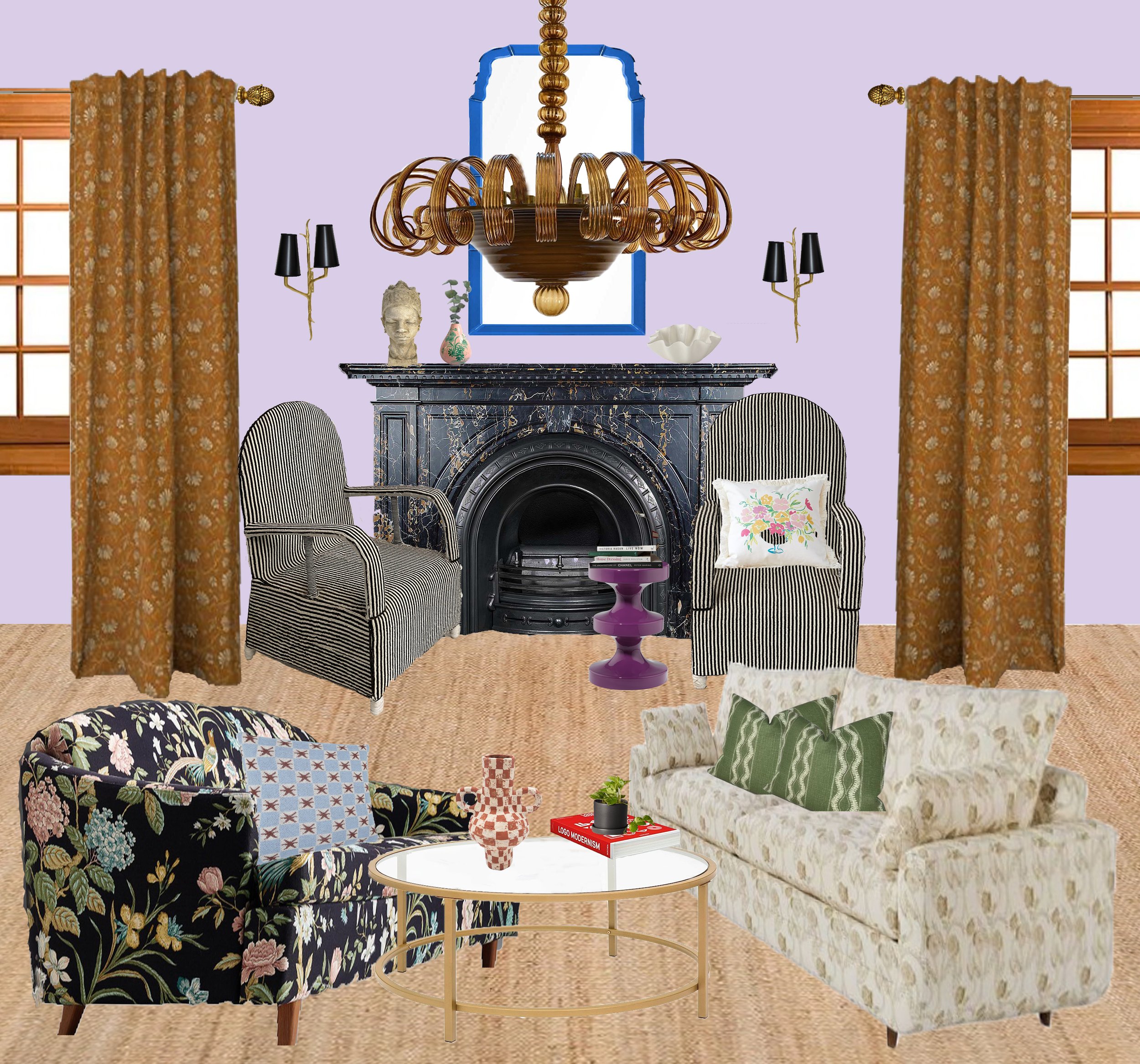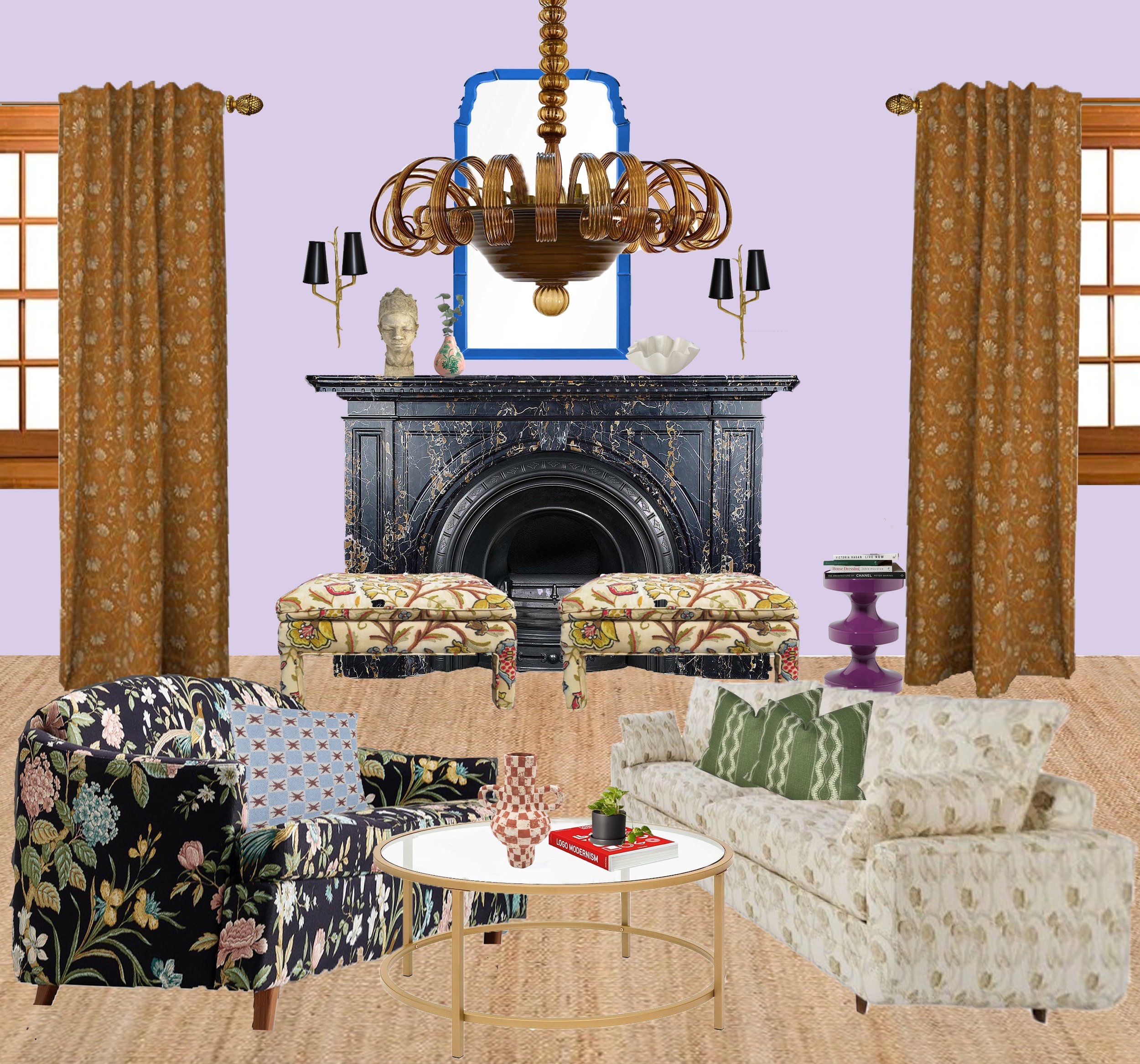Using Your Clothing to Help You Get the Lifestyle You Want
/In a recent blog post, I mentioned one way to tackle a disorganized closet is to figure out the type of lifestyle you want, and organize your wardrobe around it. While it may sound like a mere convenience, using your clothing to help you get the lifestyle you want actually goes a long way towards supporting mental health. Clothes are very much a cultural expression, and we can typically tell what cultural group someone belongs to by the way they dress. But clothes are more than a cultural expression, they impact our thoughts, feelings, and behaviors in significant ways due to a mix of neuropsychological and cultural factors.
Clothing & Cognition
My Whimsical look; Symbolizes magical and imaginative.
A theory known as the simulation theory of cognition, holds that cognitive processes are stimulated as we interact with the physical world; and just visualizing an action or thought activates the same brain activity used when the actual behavior is performed (Hesslow 2012). This can explain why imagery is so impactful as our physical experience is intricately tied to our mental processes, hence the term, embodied cognition. This means our thoughts are rooted in our physical experience and we embody them (Craighero, 2022).
What’s more, we embody the meaning of clothing we put on. Drawing from the theory of embodied cognition, the theory of enclothed cognition (Adam and Galinsky, 2012) postulates that wearing clothing sets in motion cognitive processes triggered by both the symbolic meaning of the clothes and the physical experience of wearing it. This phenomenon also explains role theory. That is, people adapt to the norms associated with certain roles or positions within a culture based on the cognitive schemas or scripts that they carry around with them about the position or “role” they are in. So if you are wearing a white lab coat and it has symbolic meaning for you as a result of personal and cultural experiences, it will likely trigger your schema for white coats and you’ll act accordingly.
Clothing & Mood
My Chic Look; Symbolizes minimal yet impactful.
According to cognitive-behavioral theory, thoughts and feelings are intertwined, and a thought can trigger feelings which reinforces thoughts. With this in mind, we can understand how the experience of wearing clothes with symbolic meaning can alter our mood. Shakaila Forbes-Bell in her book, Big Dress Energy refers to the act of wearing clothes to alter your mood as wearapy; and drawing upon the concepts of enclothed cognition, posits that when we wear clothes we associate with specific schemas it can foster positive moods (e.g., dressing to feel happy, aka dopamine-dressing) or help us to lean in and process negative moods (e.g., wearing all black when in mourning).
Sample Cases
My Quirky Look; Symbolizes A freedom to be.
So now that we understand the impact clothes can have on our thoughts and feelings, let’s see how curating clothing that fits the lifestyle we want to live can work best for us using sample cases.
[While these stories may be inspired by real-life cases, they do not depict specific clients and any resemblance to a specific client is coincidental. Also, these sample cases are not meant to take the place of therapy or treatment. And if you are struggling in any of the areas mentioned, it is advised that you speak with a mental health professional.]
Case 1: Corrin has always enjoyed clothes but when she began to experience difficult life experiences, her interest in fashion waned. She lost her significant relationship, wasn’t fulfilled in her career, and had gained weight. Thus, she began to use clothes as a way to hide; and her go-to jeans and t-shirts became her uniform of choice. While jeans and t-shirts offered her physical comfort, her overreliance on them reflected the lack of growth she felt.
One way to assist Corrin with using her clothing as a catalyst to overcome her distress and better manage her life is to first encourage her to do the work to process her stuckness, and realize her value and goals. She can then better determine what types of relationships she is seeking, and what career she feels will satisfy her. Next, Corrin should identify and purchase clothing she associates with the lifestyle she desires and the goals she is working towards. In turn, the act of wearing the clothes will trigger her schema for those clothes and impact her mood, causing her to feel all the things she associates with those clothes. In this way, clothing can function as her support while she is working through the process to address deeper-level issues.
Case 2: Natalie struggled with a learning disability and continues to have insecurities about her abilities despite her intelligence. She is currently not in a job she loves, and it triggers insecurities about her ability to have a successful career. Natalie’s insecurities are reflected in her clothing choices as she wears clothes she thinks she should be wearing to look successful (often clothing she does not need or cannot really afford) rather than clothing that makes her feel empowered and confident.
Natalie can begin by processing her insecurities and affirming her sense of value. This includes considering what it means if she does not wear the clothing she thinks she is expected to wear. Although Natalie feels she has few resources to change her job situation, she can begin to do what is in her power to make a change, even if that means taking a course or learning a new skill. She could then identify the clothing she enjoys and why. This can help her clothing choices be more internally motivated; and gives her an opportunity to choose clothes that have a positive symbolic meaning for her. More than that, Natalie’s decision to make even small strides to pursue a fulfilling career gives her some sense of control that she can mimic in her clothing choices. That is, purchasing clothes she sincerely likes to wear can be a reflection of the sense of empowerment she is developing. As Natalie experiences clothing that has a positive meaning for her, it can alter her mood, and ignite her belief in her ability to make choices and improve her life.
In essence, while clothing alone may not fix problems, they can support us as we are working towards changing them. How do you think you can use clothing to support your life goals and the lifestyle you want? Consider clothes that have meaning for you when you wear it, and work towards building a wardrobe that supports your growth.


































